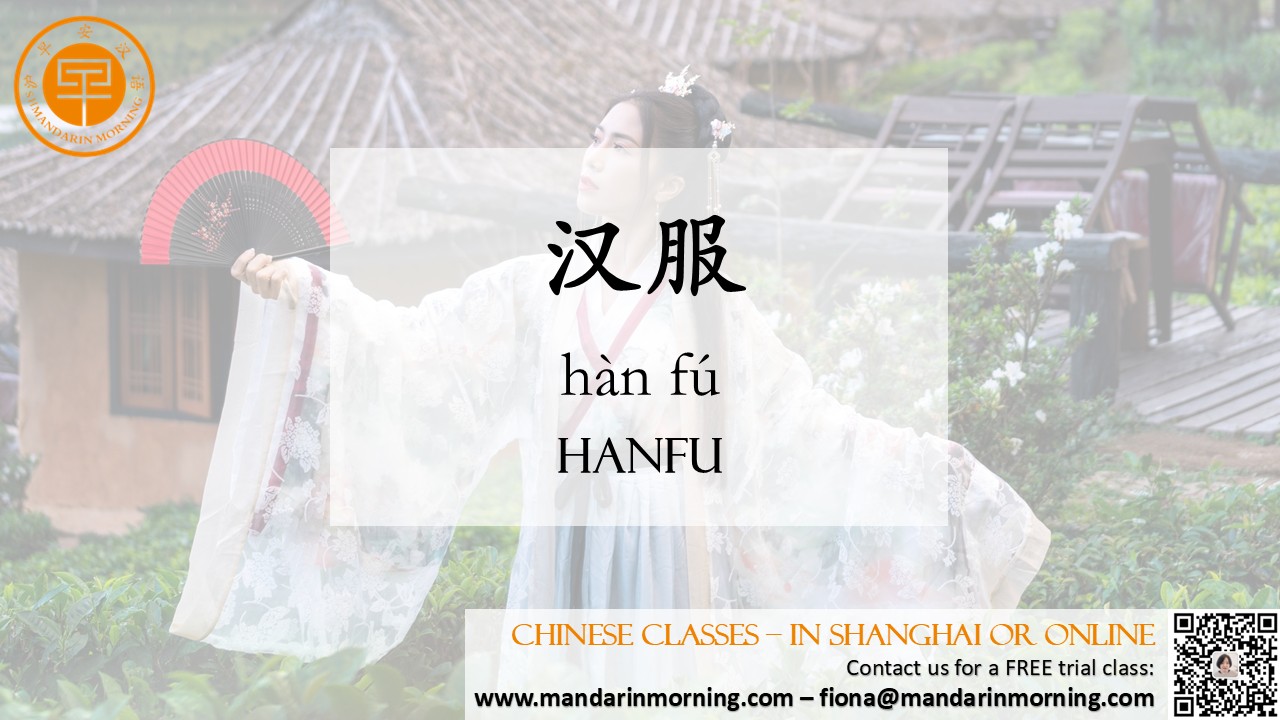【Learn Chinese】The Elegant Revival of the Hanfu |
Have you ever seen flowing sleeves and elegant robes gliding through a modern Chinese city and wondered about the story behind them? You were likely witnessing 汉服 (Hànfú), the traditional clothing of the Han Chinese people.
More than just a historical costume, Hanfu is experiencing a beautiful revival, becoming a vibrant way for a new generation to connect with their heritage.
So, what exactly is Hanfu? Literally meaning "Han clothing," it refers to the historical attire worn for millennia before the Qing Dynasty. It’s not a single garment but a complete system of clothing characterized by its unique and philosophical design.

Key Features of Hanfu
The beauty of Hanfu lies in its elegance and symbolism. Forget buttons and zips! Traditional Hanfu is secured with a sash or belt. Look for these key features:
Crossed Collar (交领 - Jiāolǐng): The most distinctive element, where the left side of the robe is wrapped over the right. This 右衽 (yòurèn), or "right lapel," style is deeply rooted in Confucian tradition.
Loose and Flowing (宽松 - Kuānsōng): Hanfu prioritizes comfort and a graceful silhouette, allowing for freedom of movement and a sense of effortless elegance.
Sash or Belt (腰带 - Yāodài): Used to secure the robes, often beautifully decorated.
Long, Wide Sleeves (宽袖 - Kuānxiù): These are not just dramatic; they were designed to form large pockets for carrying items!
Common Types of Hanfu
You might see several classic styles:
曲裾 (Qūjū): One of the oldest styles, a wrapped robe that curves and spirals around the body. Often seen in dramas set in the Qin or Han dynasties.
直裾 (Zhíjū): A simpler, straight-hemmed robe that became popular later.
襦裙 (Rúqún): This is the most iconic outfit for women, consisting of a top (袄 - ǎo or 衫 - shān) and a separate long skirt (裙 - qún).
长衫 (Chángshān): A long, straight robe typically for men, often worn over trousers.
Why is Hanfu Popular Today?
This is more than a fashion trend; it's a cultural movement. Young people across China are embracing Hanfu as a way to express pride in their cultural identity. You’ll see them wearing it not just to festivals or for photoshoots, but also in subway stations, parks, and cafes. This movement, often called the "Hanfu Revival" (汉服复兴 - Hànfú Fùxīng), is a living, breathing connection to a majestic past.
|